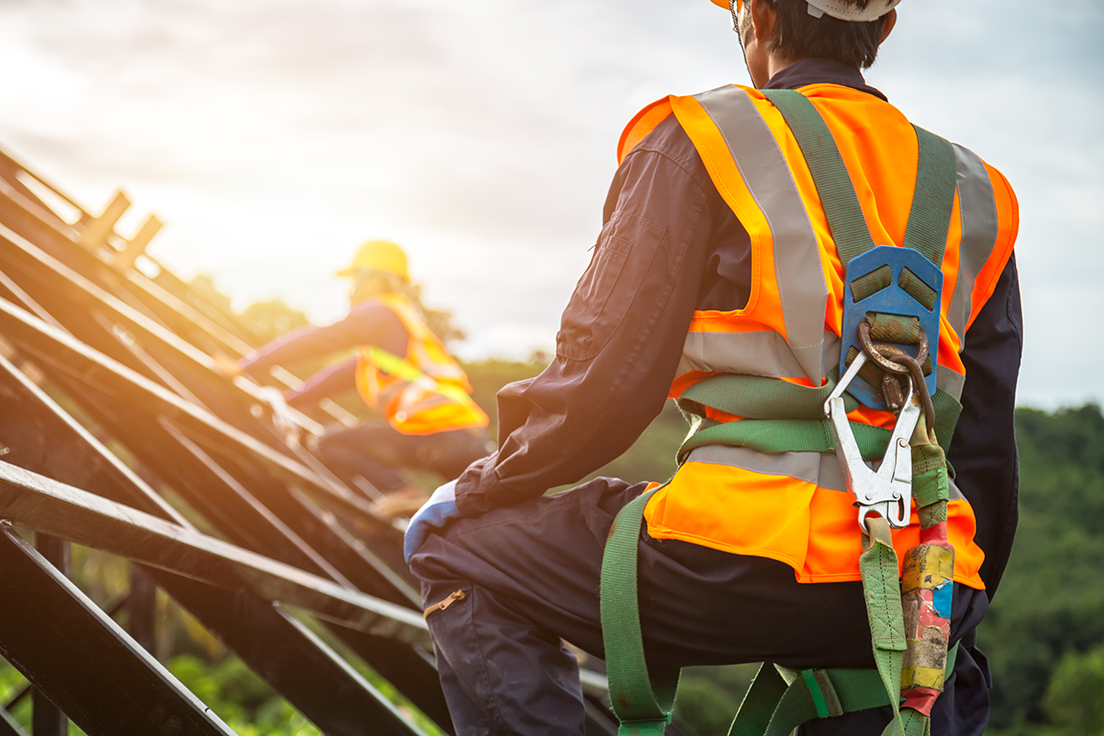Introduction
In the dynamic landscape of the United Arab Emirates (UAE), where skyscrapers dominate the skyline and construction projects reach new heights, the importance of fall protection cannot be overstated. Fall-related incidents pose a significant risk to workers in various industries, making the implementation of robust fall protection UAE measures a crucial aspect of ensuring workplace safety.
Regulatory Framework
The UAE has stringent regulations and standards in place to address fall protection and occupational safety. The Ministry of Human Resources and Emiratisation (MOHRE) oversees workplace safety, and the Occupational Safety and Health Administration (OSHA) standards are often used as a reference for developing local guidelines.
Key Components of Fall Protection
- Risk Assessment: Before initiating any project involving working at heights, a comprehensive risk assessment must be conducted. Identifying potential fall hazards and evaluating the severity of the risks helps in devising appropriate fall protection strategies.
- Training and Education: Workers involved in tasks at elevated positions should undergo thorough training on fall protection measures. This includes understanding the proper use of personal protective equipment (PPE), such as harnesses, lanyards, and anchor points.
- Guardrails and Barriers: Installing guardrails and barriers on elevated platforms can serve as a primary line of defense against falls. These physical barriers create a protective boundary, reducing the likelihood of accidental slips or missteps.
- Personal Protective Equipment (PPE): High-quality PPE, including safety harnesses, helmets, and non-slip footwear, is essential for individuals working at heights. Employers must ensure that PPE is regularly inspected, properly maintained, and replaced as needed.
- Anchorage Points: Establishing secure anchorage points is crucial for attaching lifelines, lanyards, or other components of a fall arrest system. These points should be capable of supporting the intended load and conform to industry standards.
- Fall Arrest Systems: Fall arrest systems, including harnesses, lanyards, and self-retracting lifelines, play a critical role in preventing injuries in the event of a fall. Regular inspections and maintenance are imperative to ensure the effectiveness of these systems.
- Safety Nets: Safety nets installed below elevated work areas provide an additional layer of protection. They are designed to catch falling objects or personnel, reducing the impact and preventing severe injuries.
Enforcement and Penalties
Government authorities in the UAE are vigilant in enforcing fall protection regulations. Employers found to be in violation of safety standards may face fines, project delays, or even temporary shutdowns. Strict penalties are imposed to ensure compliance and safeguard the well-being of workers.
Conclusion
Fall protection UAE is not merely a legal obligation but a moral imperative to protect the workforce. As the nation continues to thrive with ambitious construction projects and infrastructure development, prioritizing safety measures is paramount. By adhering to robust fall protection strategies, employers contribute to a safer and more secure working environment, fostering a culture that values the well-being of every individual involved in the pursuit of progress.

